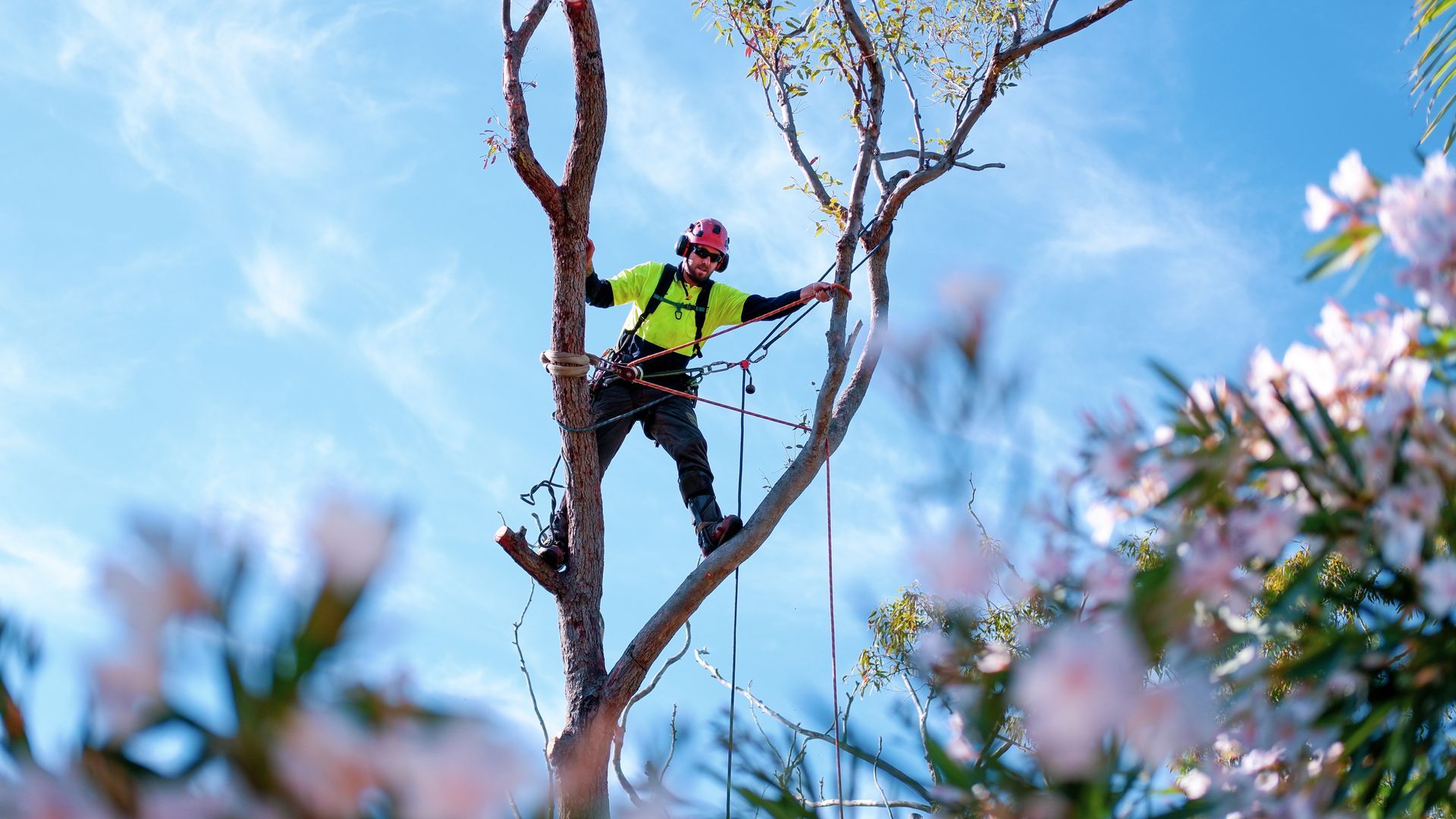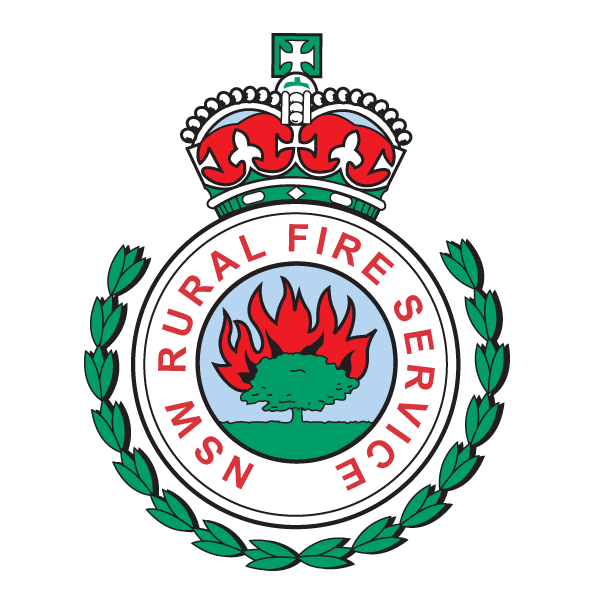How Often Should You Have Your Trees Pruned
Are you a tree owner wondering how often you should have your trees pruned? This is a common question among homeowners and property owners, as pruning is an essential part of tree care. Tree pruning not only helps to maintain the aesthetic appearance of trees, but also promotes their health, safety, and longevity.
However, with so many considerations to factor in, knowing when to prune trees can be challenging. In this blog post, we will discuss the different factors that affect how often trees should be pruned. We'll also discover the best time to prune trees in a year. Whether you are a first-time tree pruner or an experienced one, this blog post should help you determine how to keep your trees healthy while protecting your property. Read on to find out.
What are the factors that determine how often to prune trees?
Determining the right pruning frequency for different types of trees depends on various factors, including the tree type, age, health, environmental conditions, and objectives. While it is important to consult with a professional arborist or tree care specialist for specific guidance, here are some critical factors that can help determine how often to prune trees.

1. Type of Tree
Depending on the type of tree you are dealing with, different tree species or tree types may require different pruning frequencies. For example, oak trees require pruning in late winter or early spring since this is the best time to cut off damaged and dead branches. On the other hand, pine trees need pruning during mid-summer when it is growing most vigorously.
Another example is a group of deciduous trees may need to be pruned two or three times a year, while coniferous trees require less frequent pruning. Since deciduous trees lose their leaves yearly, they are more susceptible to pests and diseases. As a result, routine pruning is necessary to maintain their shape and health. Overall, the best time to prune deciduous trees is during late winter when all their leaves have already dropped as this indicates their dormant season.
2. Age and Health
Depending on how old a tree is, pruning may require more attention in younger years as they grow than mature trees. Let's take a closer look.
Mature Trees
For many arborists, most mature trees should be pruned at least once every 3-5 years. This is an ideal timeline to help maintain a healthy canopy and shape while avoiding the potential damage of over-pruning. However, for mature trees that are showing signs of disease, or have been subjected to storm damage, it may require more frequent pruning as needed.
Young Trees
On the other hand, young trees may need pruning at least once every 2-3 years. This is to ensure that the tree is developing healthily and that it is properly shaped.
During the early years of a young tree’s life, tree pruning should primarily involve the removal of dead or diseased limbs, as well as reducing large side branches so that more light can reach inside the canopy. As the tree matures, further tree pruning should be done to mitigate potential safety hazards.
Damaged Trees
Trees that are damaged or suffering from a disease may require more frequent tree pruning than other trees. This is important to help the tree heal and ensure that any disease does not spread further. Whether the tree damage was caused by collisions, lightning strikes, storms, infestations, or incorrect pruning practices, wounded trees and broken branches that are left untreated may develop further damage, leading to their eventual death.
3. Environmental Conditions and Maintenance
Environmental factors such as climate, soil conditions, sunlight exposure, and wind patterns can also affect how often you need to get your trees pruned. If trees are located in areas where there are severe weather conditions, they may need to be pruned more often to address damages caused by storms as well as to prevent structural issues.
Moreover, if a tree has been properly pruned and maintained, it may require less frequent pruning compared to a tree that has been neglected. Regular maintenance and pruning practices in the past can influence future pruning needs.
It's important to note that the frequency of pruning can vary greatly depending on these factors and the individual tree's characteristics. Consulting a professional arborist or tree care specialist can provide personalised assessment and advice on what to do in a given situation.
4. Objectives
Depending on your objectives, you may need to adjust the frequency of pruning if you're aiming to maintain a certain shape, size, or purpose. For example, pruning flowering trees is different from pruning fruit trees.
Fruit Trees
When it comes to fruit trees, tree pruning is best done every year, at the start of the growing season, to help produce bountiful and healthy fruits. Pruning trees helps to remove dead or diseased branches, improves air circulation and sunlight penetration, and improves overall tree health, which can promote better fruiting. Depending on the type of fruit tree, pruning may involve removing dead tree branches to thin out the canopy and open it up for more air circulation and sunlight penetration.
Flowering Trees
Shaping a flowering or ornamental tree through pruning during its early years is essential in enhancing its flowering capacity.
As a general guideline, the best time to prune flowering trees is after the petals have dropped and before new shoot growth starts. Since many of these plants develop their flower buds in late summer and fall, tree pruning in spring after the blooms guarantees that you won't lose the flower buds in the next year. Meanwhile, for late-blooming varieties, tree pruning is typically recommended in late winter or early spring.
5. Seasons
Seasons are also important to consider when pruning trees since each season has its own benefits and drawbacks. Spring pruning helps reduce the size of branches that have grown too large during the winter months. Summer pruning can help stimulate new growth, while fall pruning allows you to shape your tree for a more attractive form before winter sets in.
But if you intend to remove dead tree branches and make structural changes to the tree, winter is usually the best time of year. This is because trees go dormant and are less likely to suffer from shock or disease after pruning in colder temperatures. Additionally, tree sap won’t be flowing which makes cleaning up debris easier.
When is the best time of the year to prune trees?
When it comes to tree pruning, there is no wrong time to trim away diseased, damaged, or dead branches from trees. However, for most trees, mid to late winter is the best time to prune. This is because plants and trees are dormant during this season.
Pruning at this time of year causes minimal stress to the tree and reduces the risk of infection from pruning cuts since other pests are not active. Depending on your region, late winter may fall between December and March. But in general, you may need to wait until after the coldest part of winter has passed before pruning.
Compared with other seasons, winter pruning is less likely to cause damage to the tree as it is not actively growing and there are no leaves or flowers to get in the way. Additionally, winter pruning can help shape trees before new growth begins in the spring. Wounded trees are also more quickly to heal at this time, which is beneficial when restoring a tree’s form or health.
Takeaway
Pruning trees is an essential maintenance practice for any property owner. It involves the selective removal of tree branches, limbs or roots to improve the health, aesthetics and safety of trees. While there is no set standard on how often you should have your trees pruned, there are certain indicators that can help determine the frequency. These factors include tree type, age, health, environmental conditions, and seasons.
By understanding these factors, you can ensure that your trees are pruned at the right frequency to promote their growth and overall health. At Bob & Ben The Tree Men, we offer various tree services from tree removal and tree trimming to tree pruning and stump grinding. With our expertise and experience in tree pruning, you can trust that your trees will remain in optimal health all year round. Get in touch with us today to learn more about our tree services. Our team of certified arborists will provide a thorough assessment and give the best recommendation for your trees.

Over 25 years ago, Bob and Ben planted the seeds of what would become one of the most popular and trusted tree service businesses in the Sutherland Shire.
Get your FREE tree lopping quote today!
Let Bob and Ben The Tree Men get to the root of all your tree problems. Contact us today to receive your personalised quote.

Over 25 years ago, Bob and Ben planted the seeds of what would become one of the most popular and trusted tree service businesses in the Sutherland Shire.
Phone: 0409 208 540
ABN: 33 604 734 590
Address: 36/3 -11 Flora St, Kirrawee NSW 2232




